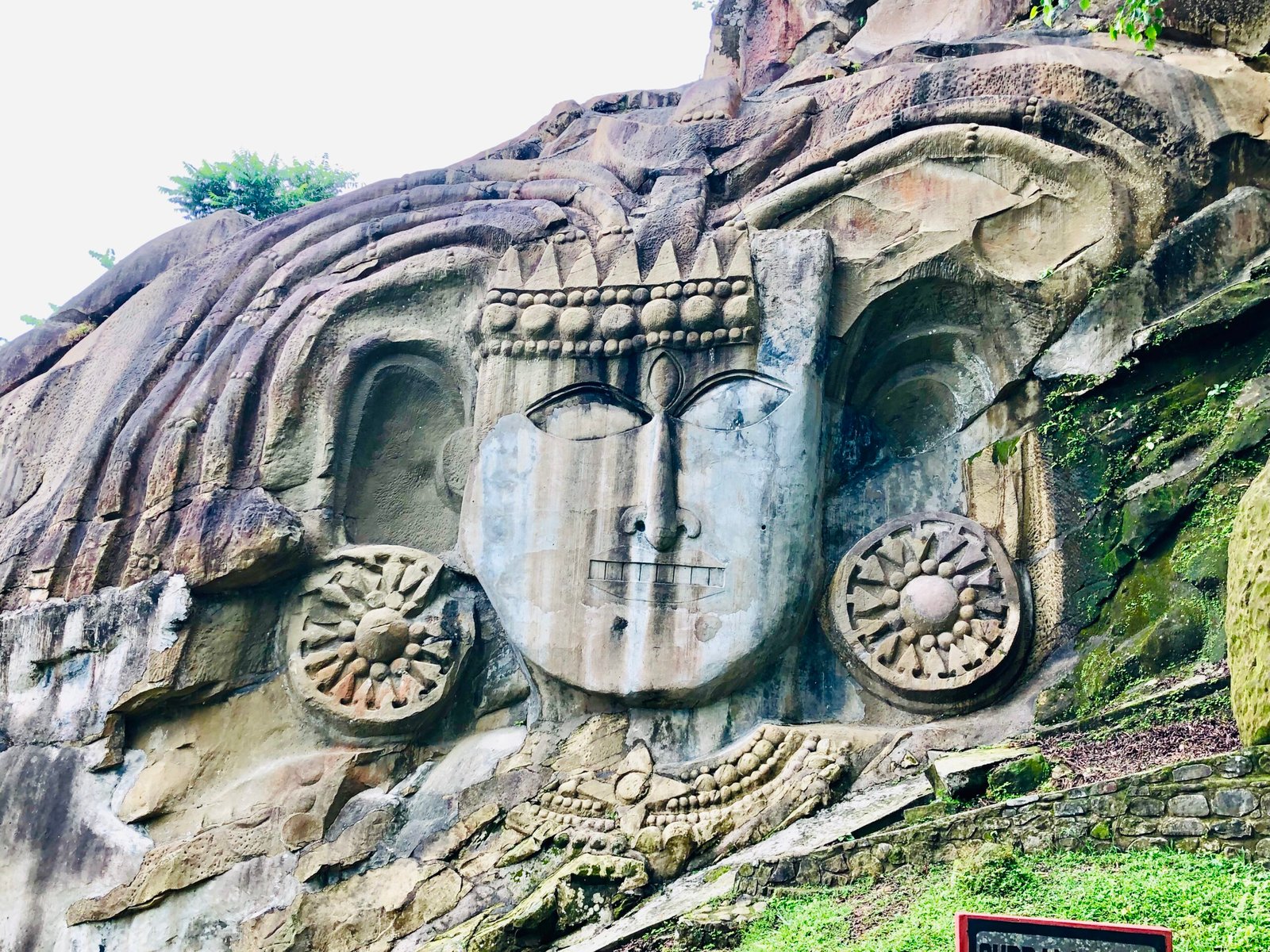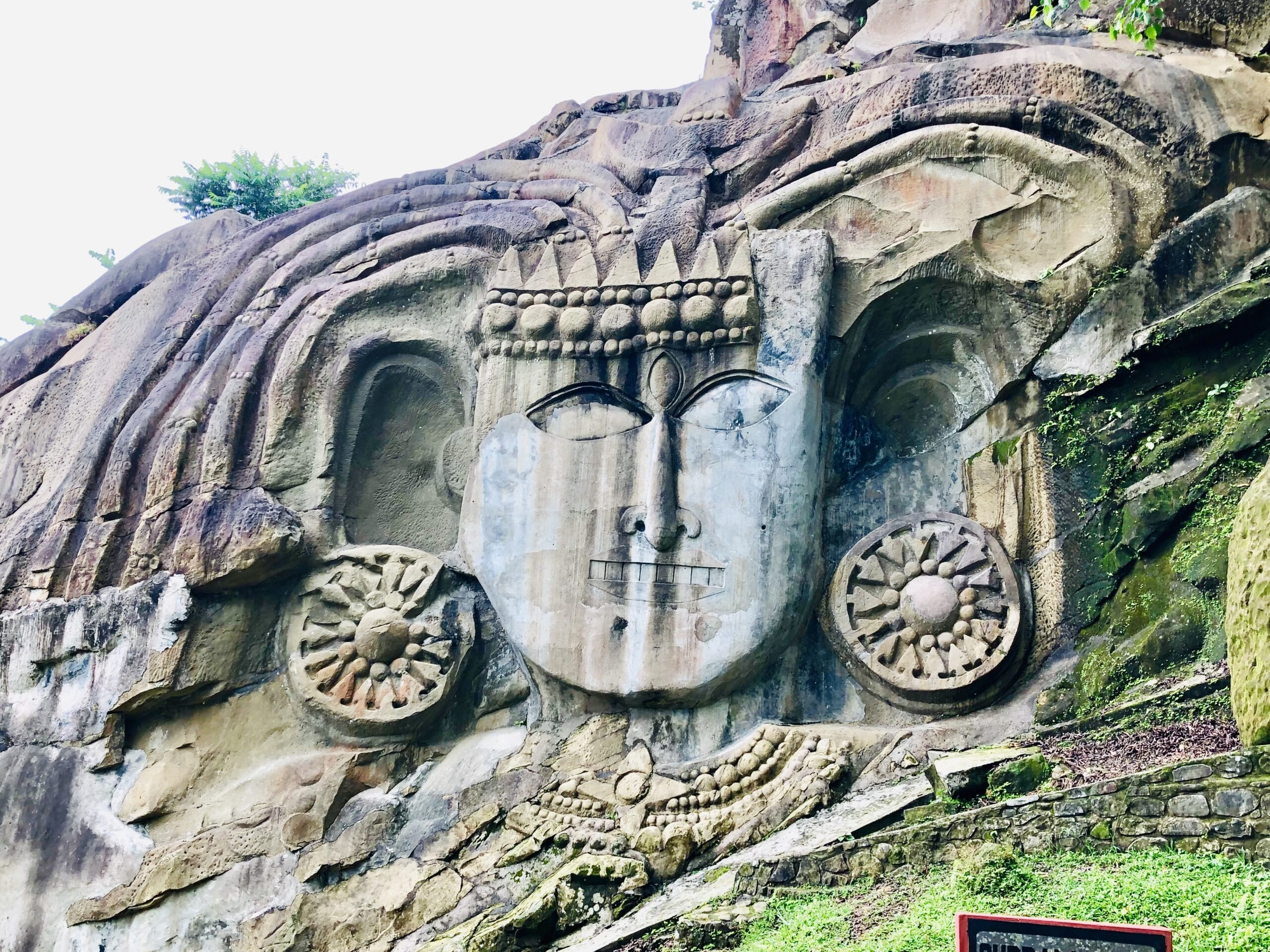Unakoti, located in the Indian state of Tripura, is a place steeped in history and legend. Its name, Unakoti, literally means “one less than a crore,” a reference to the countless rock-cut images of gods and goddesses that can be found here. Let’s delve into the history and legends of Unakoti and discover the secrets of this mystical land.

History
Unakoti is believed to have been a sacred site for worship for over a thousand years. The rock-cut images, sculptures, and carvings found here are estimated to date back to the 7th-9th centuries AD. The site was likely an important center of worship for the Shaivite and Vaishnavite sects of Hinduism.
According to historical records, the Unakoti site was first discovered by the British in the early 19th century. They reported that the site was in a state of disrepair and that many of the images had been vandalized or destroyed. In recent years, the site has undergone extensive restoration efforts by the Archaeological Survey of India.
Legends
Unakoti is surrounded by a number of intriguing legends that add to its mystique. One of the most popular legends associated with the site is the story of Shiva and his army. According to the legend, Shiva was on a journey with his army of one crore (10 million) gods and goddesses when he stopped at Unakoti to rest. He instructed his army to wake up early and continue on their journey the next morning.
However, the army failed to wake up on time and Shiva, displeased with their tardiness, left without them. As a result, the army was turned into stone and remains frozen in time at Unakoti to this day.
Another legend associated with Unakoti is the story of a local ruler named Kallu Kumhar. It is said that Kallu Kumhar was a skilled potter who lived near Unakoti. One day, he decided to make a large earthen pot and invited all the gods and goddesses to his home for a feast. However, he forgot to invite one goddess, who was so angry that she cursed Kallu Kumhar and turned him to stone.
Over time, the story of Kallu Kumhar was forgotten, and the people of the region began to worship the stone image as a deity. It is believed that the stone image of Kallu Kumhar can still be seen at Unakoti.
Conclusion
Unakoti is a fascinating place that is steeped in history and legend. The site’s rock-cut images, sculptures, and carvings offer a glimpse into the rich cultural and religious traditions of the region. Whether you are a history buff or simply interested in exploring the mysteries of the past, a visit to Unakoti is sure to be an unforgettable experience.
AGULI STAFF DESK









